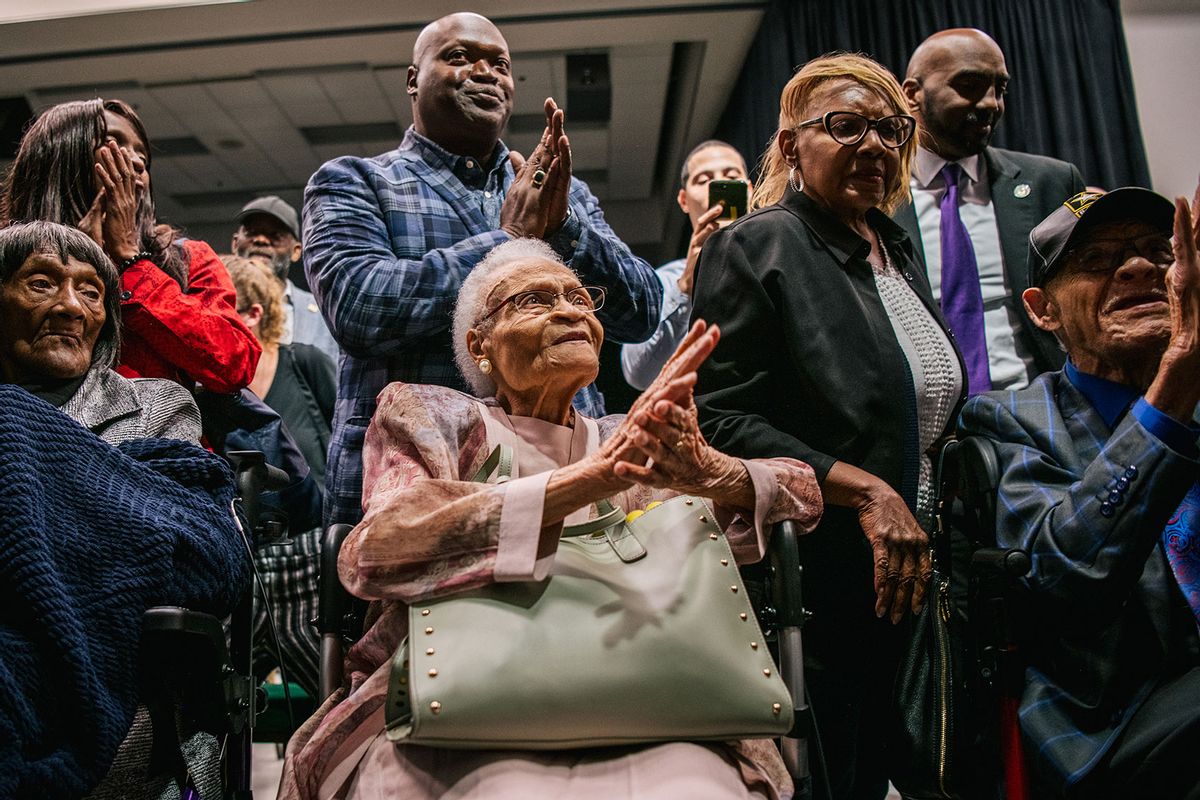While I absolutely support their effort to seek reparations, I don’t see this ending well if it goes to the Supreme Court. They honestly should have done this years ago, before the Court was stacked by conservative activists.
Seeing this had me go on a dive into the history of this. I was already aware of the Tulsa Race Massacre, but I hadn’t heard anything about it that was remotely recent until I saw this.
Typically I’m not in favor of any calls for reparations because it’s generally a cluster fuck of issues. In this case though the State legislature authorized a commission to review the situation in 1996 and in 2001 the commission delivered it’s final report.
The recommendation of th commission was as follows:
1.) Direct payment of reparations to survivors of the 1921 Tulsa race riot
2.) Direct payment of reparations to descendants of the survivors of the Tulsa race riot
3.) A scholarship fund available to students affected by the Tulsa race riot
4.) Establishment of an economic development enterprise zone in the historic area of the Greenwood district; and
5.) A memorial for the reburial of the remains of the victims of the Tulsa race riot.
The state later passed legislation which created a memorial park, established an economic development zone, and provided more than 300 scholarships for descendants of the Massacre. No reparations were issued and it was the opinion of various government entities that a recommendation by the committee was not an obligation by the Government.
I found it odd that roughly 3 of the recommendations had been followed, yet the 2 highest priority ones had been ignored. So I got to looking at what the dollar values and terms for reparations were. The commission determined that the value of the damages would have been ~$1.4 million at the time, though some claimed $1.8 million. The commission adjusted this for inflation and came to the value of ~$17 million. $17 million doesn’t seem overly problematic, especially for a state budget, but the problem became evident in later research.
While the commission had projected $17 million others argued the damages and their resulting impacts were between $50-100 million with others claiming even higher.
I think the main reason why reparations in this case are likely to forever be denied is that there is no grand concensus on how much would be owed and who should get the money. At this point the number of descendants (we’re talking 3+ generations) is likely significant. If the state were to approve reparations they would be acknowledging liability and then the subsequent litigation would be either arguing that the reparation amounts aren’t enough or that someone was excluded who shouldn’t have been.
I think at the very least the State should have recognized the direct payments for the survivors who are still alive, but Oklahoma will be Oklahoma.
Thanks for sharing this and adding some extra context.



